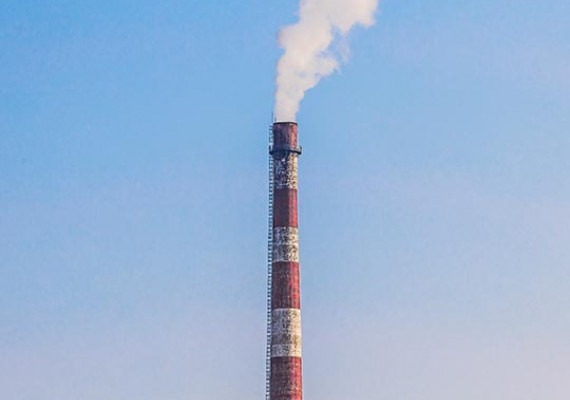E2C

Electrons to high value Chemical products
Priority Axis
Technological and Social InnovationSpecific objective
Technological Innovation
Lead partner
Nederlandse Organisatie voor Toegepast Natuurwetenschappelijk Onderzoek (TNO)Contact
Begindatum
01/07/2018Einddatum
31/03/2023Project budget
7 710 118 €ERDF amount
4 626 071 €ERDF rate
60%Over
Common challenge
The coastal areas of the 2 Seas combine the availability of renewable energy with strong industrial activity. This leads to the common challenge of handling renewable energy surpluses, diversifying feedstocks in the chemical industry, reducing greenhouse gas emissions in energy intensive industry and meeting societal and regulatory demands on advanced fuels and sustainable chemicals. "Power-to-X” concepts, using (renewable) electricity as a replacement for oil and gas energy sources in the production of chemical products, allow for the combination of a solution to these challenges with the creation of valuable products. However, several technical and economic hurdles still need to be overcome. These are related to the cost of renewable hydrogen, the technological immaturity of novel electrochemical processes, and the need for demonstrators and business case calculations to convince industry to invest in further development and implementation of these technologies. E2C Project partners rose to the challenge as at the time there was no activity across Europe that addressed the opportunity of combining renewable electricity production with the production of chemical products (fuels and platform chemicals) in the same coherent way and at the scale that the project proposed.
Overall objective
Main outputs
Cross border approach
Main Achievements
The E2C project has successfully created two power-to-X technologies, which have been scaled up and tested at Technology Readiness Level 6, which means they have been demonstrated in a relevant environment. These technologies for the utilisation of carbon dioxide will be demonstrated in the two pilot installations sponsored by the project, which are called the SEDMES pilot and the ZEUS pilot. The pilot installations are unique in size, functionality, and innovation. The project's feasibility study has concluded that these technologies have the potential to improve the chemical industry in the 2 Seas area and beyond. The project also developed educational tools such as the Climatopoly application dedicated to high school children and to increase the awareness of the Energy and materials transition. Furthermore, the project sponsored an International Winter School on Catalysis that will continue every two years. Additionally, E2C created powerful tools like the Electrolyser simulation tool and the Industrial cluster simulation model for the industry to use. The partnership has taken concrete measures to ensure the durability of the project outputs, including the development of a technology implementation plan. This plan outlines the steps necessary to implement the project's outputs and ensure their long-term sustainability. The plan includes a clear division of responsibilities among the project partners, with each partner taking on a specific role in ensuring the durability of the outputs. The partnership has also established a long-term support network for the technology, which includes ongoing technical assistance, training, and support services. Finally, the project hosted workshops and a stakeholder event to bring together a diverse group of people including engineers, consultants, policy makers, educators, investors, and researchers to discuss the challenges and opportunities in developing these technologies to revive the chemical industry.
Testimonial
The E2C project has successfully created two power-to-X technologies. The pilot installations are unique in size, functionality, and innovation in Europe. The project's feasibility study has concluded that these technologies have the potential to improve the chemical industry in the 2 Seas area and beyond.
